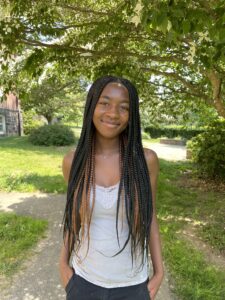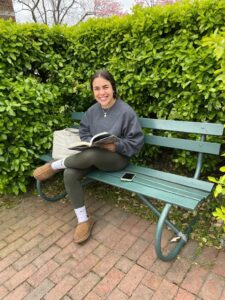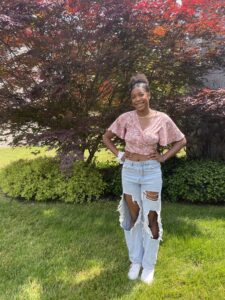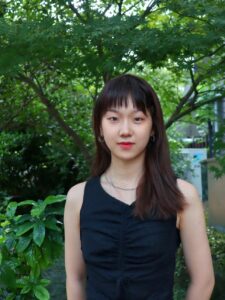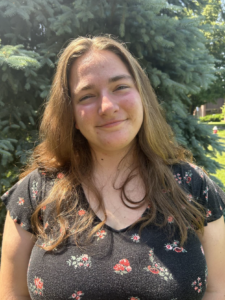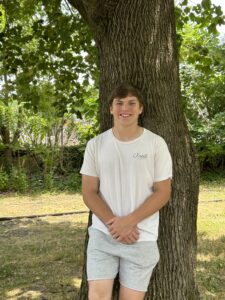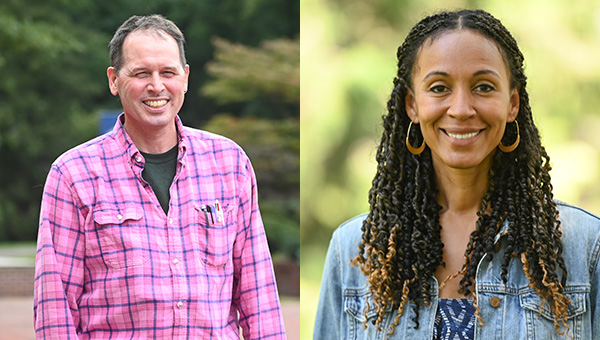
George School is committed to being a community where people with vastly different backgrounds, identities, and perspectives are united both in their respect for the unique gifts that each brings and in pursuit of a common good. As a Quaker school, we embrace the idea of continuing revelation, meaning that we are open to wisdom and truth as it is revealed to us.
During a recent conversation with a practicing Quaker alumna, the issue of equity came up. The alumna, like many others, felt compelled to get involved. Through her estate she would like to have an impact and support organizations who are working for a more equitable world. She asked what George School was doing and why they could be a worthy recipient of her resources. To answer her, the views of two community members were sought.
Head of the Religions Department Tom Hoopes ’83, p’19, ’20, who is also Quaker, was asked to comment on how George School has changed over the years. Director of Diversity, Equity, and Inclusion (DEI), Rachel Williams p’23, was also asked to share the DEI work currently happening at the school.
Tom and his family have a long history with George School starting in 1913 when his grandfather graduated, followed by his other grandparents, his parents, aunts, uncles, siblings, and most recently, his children.
“Orton Dormitory is the most diverse community I have ever lived in,” said Tom, who is also the Dorm Head. “I believe our Sunday meeting for worship is the most diverse unprogrammed meeting in the whole country. That means something. We were, and are, very intentional about having a shared living community which includes socio-economic, racial, and geographic (United States and internationally) diversity. Teaching students aged fourteen to eighteen years old to live together and giving them the tools and encouragement to find and use their voices to advocate and make change in the world, is powerful.”
“When I attended George School in the early 80s, the school had more in common with the school my parents attended from 1946-50, than with today’s George School,” continued Tom. “Today, we are grounded in a rigorous intention to have a school that accurately reflects the world, and models how the world could be and ought to be. As in the past, we are living together in a spirit of generosity and kindness, eager to learn from each other. However, in the past, it was common to believe in an end point, when things would be ‘finished and normal.’ We now know that this is not the case. This work will never be done, but we have started and are making progress at George School.”
To gain a better sense of the community, a few years ago Tom asked students how they religiously or spiritually self-identify and placed their answers in a word cloud. To his surprise, the most common word was “Quaker.” “‘How could this be?’ I wondered. Then I realized the software was counting words separately. Students had responded using hybridized words which included the word “Quaker” (e.g., Buddhist-Quaker, Quaker-Catholic, Quaker-Atheist, etc.). This combining of religious identities is not something we teach; rather, it is something many students choose to do on their own after spending some time at George School, because Quaker values resonate with them,” Tom concluded. “We are reinventing Quakerism at George School, to be more inclusive by allowing students to claim this word and make it their own.”
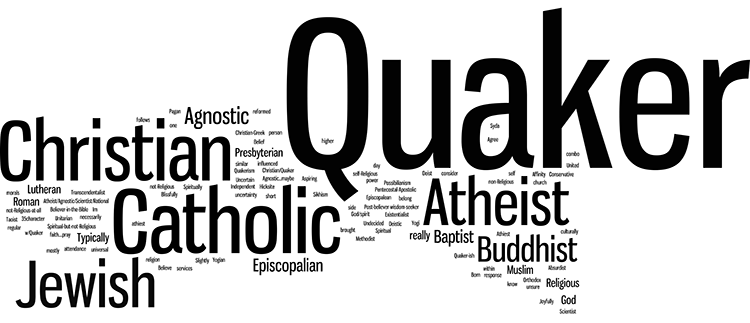
“There will be both beauty and friction when you bring people together from over forty-two countries with different languages, cultures, societal expectations, and traditions,” said Rachel. “As educators, we need to take the time to evaluate and reflect upon the systems and structures in place that perpetuate bias and discrimination and then support one another through the process.”
“We have a lot of love in the community—well-meaning adults, beautiful students, teachers, administrators, parents, and alumni,” continued Rachel. “We all want our students to feel seen, valued, and heard. I am happy to have an engaged group of students, faculty, and staff who are exploring a framework for evaluating equity in action at George School. In other words, if equal means everyone gets the same treatment and services, and equitable means students get what they need to be successful, where are the gaps in our institution and what do we need to do to have a laser sharp focus on taking action? We can only take action if we name the inequity, evaluate it, and then make a plan to address it. We cannot solve all the inequities in one day, but it is our responsibility to identify them and work to mitigate them.”
“One of the areas we are examining is access—do we feel that all students have the same access to a quality education at George School? Access includes social emotional learning, culturally responsive teaching and learning, trauma informed practices, support for English language learners, ableism, our facilities, and support for students with learning differences,” said Rachel. “We have such a diverse community and without looking into equity through all of these lenses, there will never be true belonging or inclusion.”
“Access needs to be examined through an inclusive and responsive approach. Inclusive means using a student-centered approach that fosters a sense of belonging. Responsive practices mean educators adjusting practices to be responsive to the needs of students. We need to understand that our students are living in quite a different world than the one we grew up in and shift accordingly,” explained Rachel. “This work is weighty, but we are committed to it. We are working with consultants and engaging in professional development training for the community and our aspiration is that every student will have an amazing George School experience.”

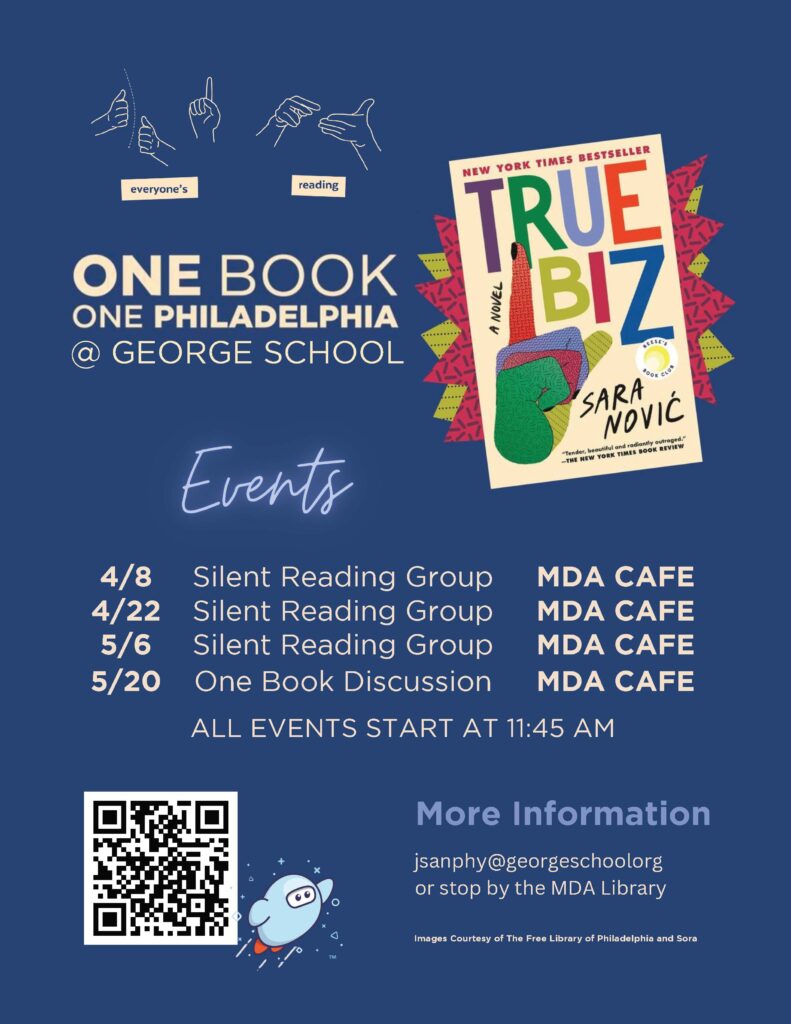
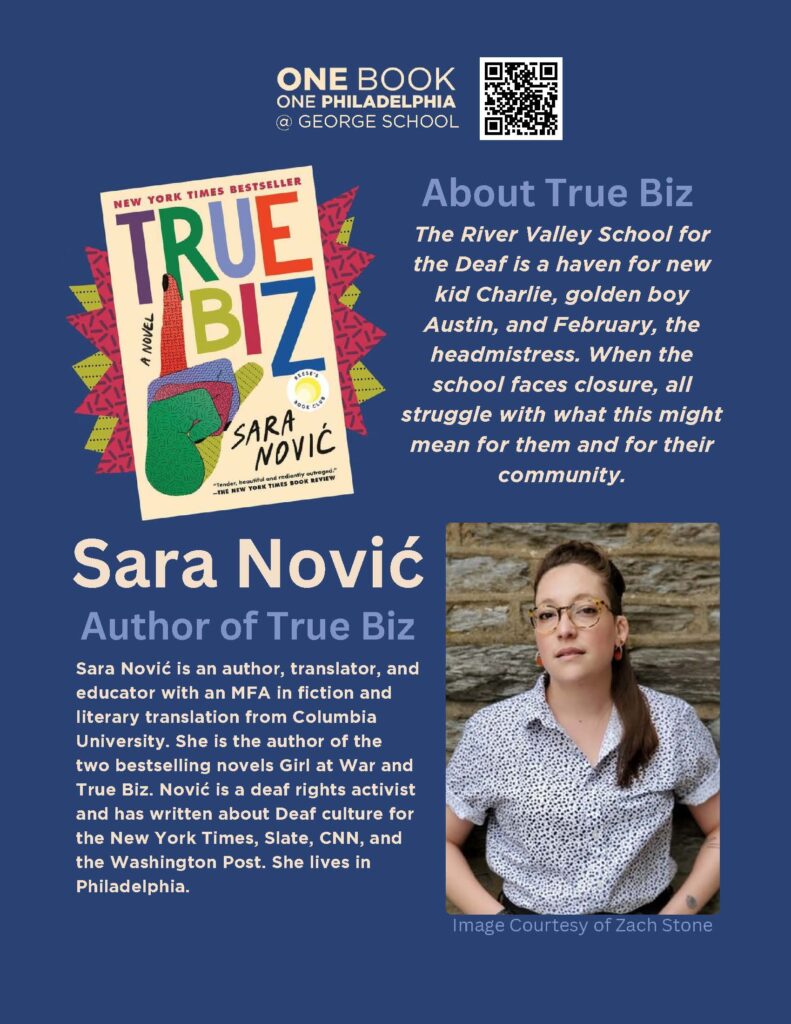

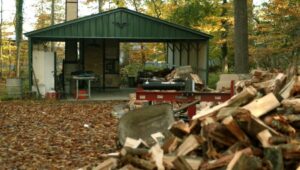

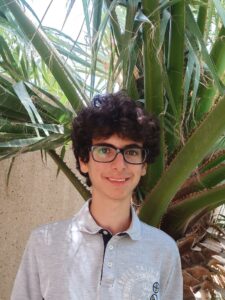 Monastir, Tunisia, and Amman, Jordan
Monastir, Tunisia, and Amman, Jordan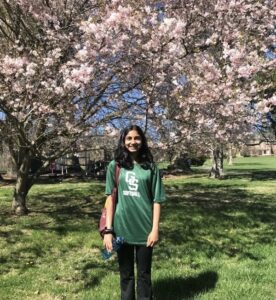 Irvine, CA
Irvine, CA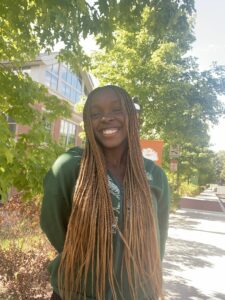 Feasterville-Trevose, PA
Feasterville-Trevose, PA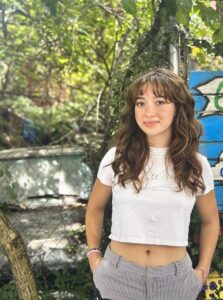 New Hope, PA (Previously NYC)
New Hope, PA (Previously NYC)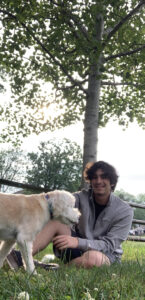 Richboro, PA
Richboro, PA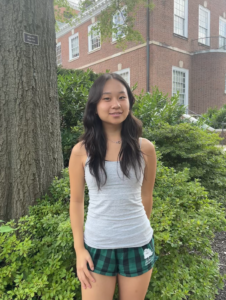 Englewood, NJ
Englewood, NJ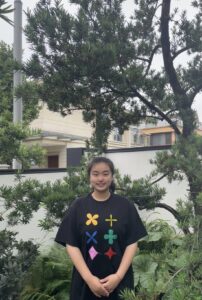 Ningbo, Zhejiang, China
Ningbo, Zhejiang, China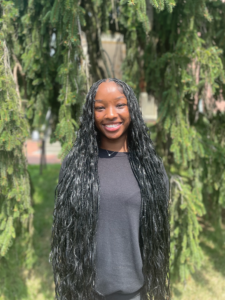 Willingboro, NJ
Willingboro, NJ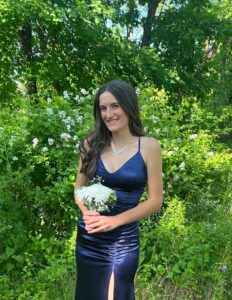 Yardley, PA
Yardley, PA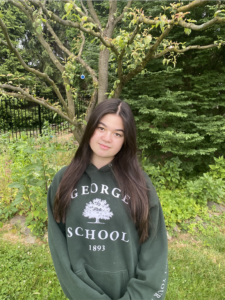 Newtown, PA
Newtown, PA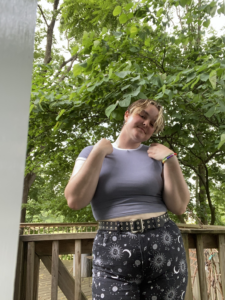 Holicong, PA
Holicong, PA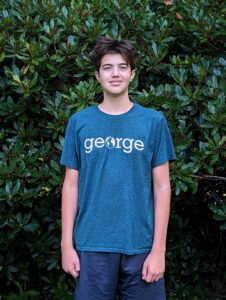 Newtown, PA
Newtown, PA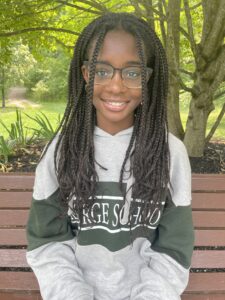 Hamilton, NJ
Hamilton, NJ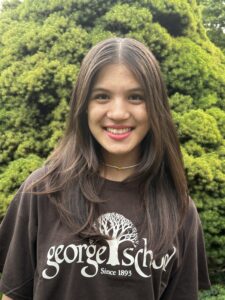 Yardley, PA
Yardley, PA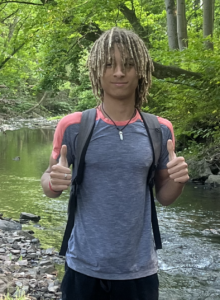 Lambertville, NJ
Lambertville, NJ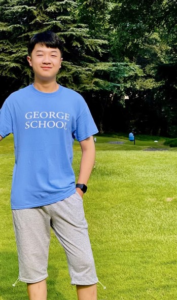 Chongqing, China
Chongqing, China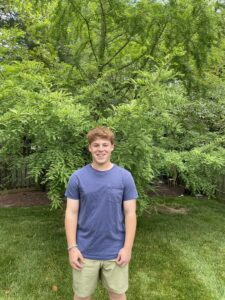 Pennington, NJ
Pennington, NJ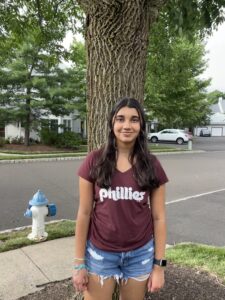 Yardley, PA
Yardley, PA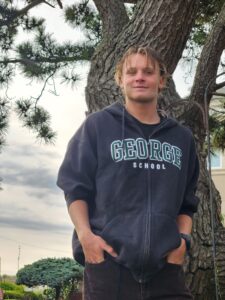 Bensalem, PA
Bensalem, PA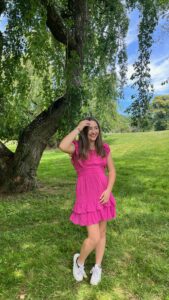 Borgota, Colombia
Borgota, Colombia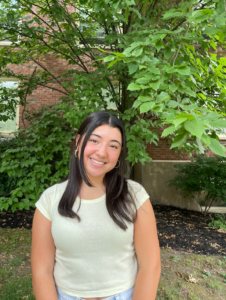 Newtown, PA
Newtown, PA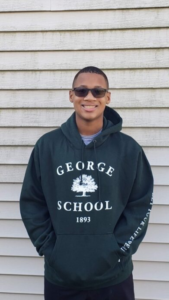 Burlington, NJ
Burlington, NJ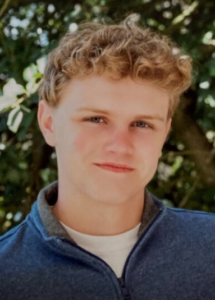 Langhorne, PA
Langhorne, PA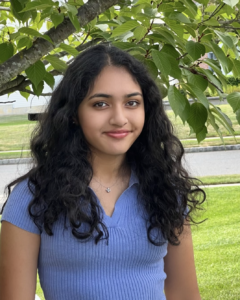 Princeton, NJ
Princeton, NJ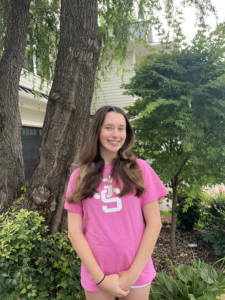 Langhorne, PA
Langhorne, PA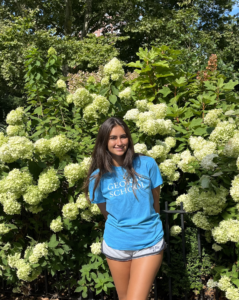 New York City, NY
New York City, NY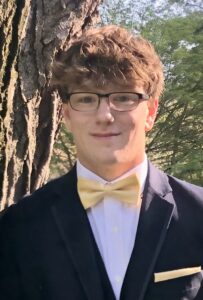 New Hope, PA
New Hope, PA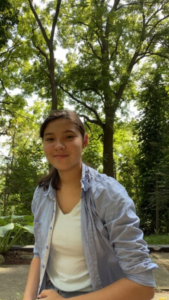 St. Catharines, Ontario, Canada
St. Catharines, Ontario, Canada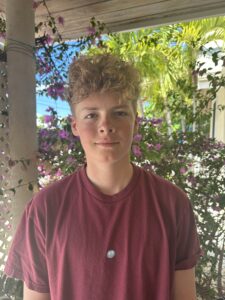 Providenciales, Turks and Caicos Islands
Providenciales, Turks and Caicos Islands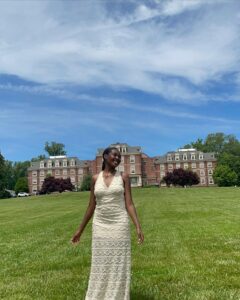 Willingboro, NJ
Willingboro, NJ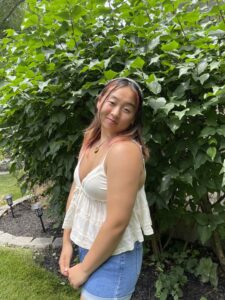 Princeton, NJ
Princeton, NJ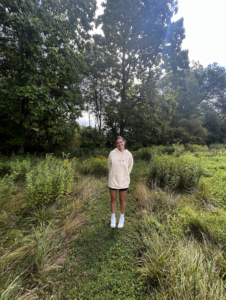
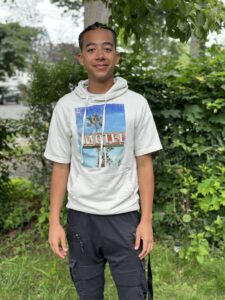 Newark, NJ
Newark, NJ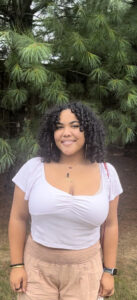 Trenton, NJ
Trenton, NJ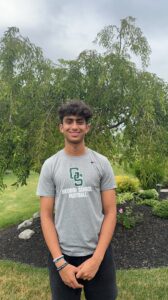 Newtown, PA
Newtown, PA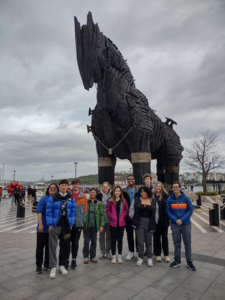
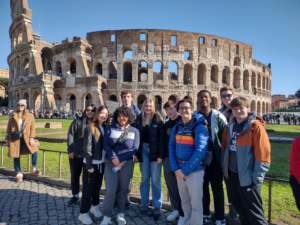
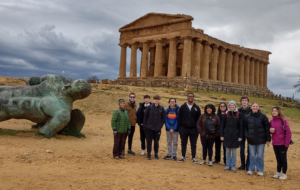
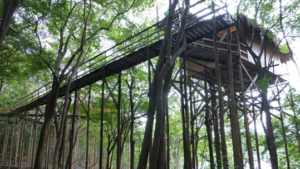
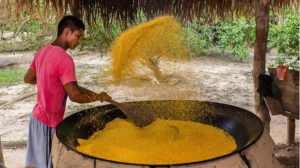


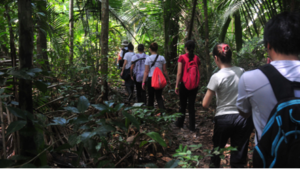
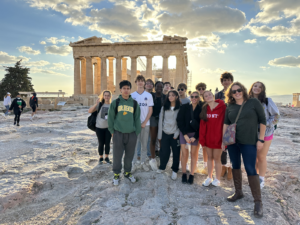
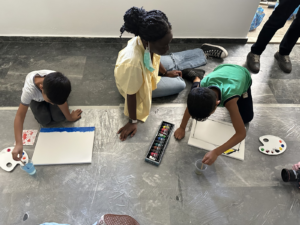
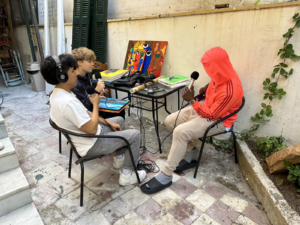
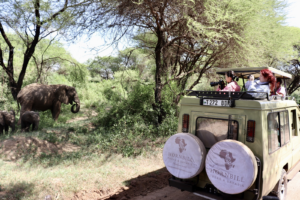
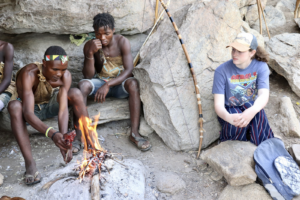
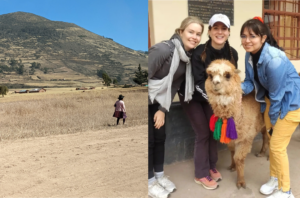
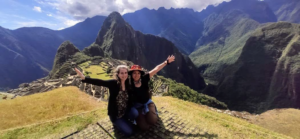
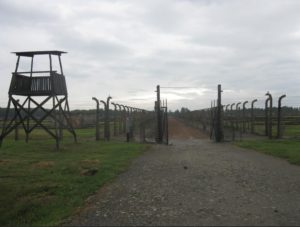
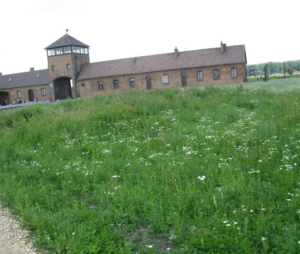
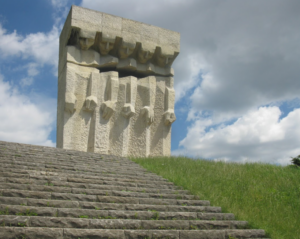
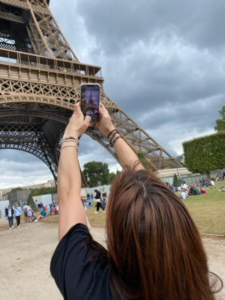
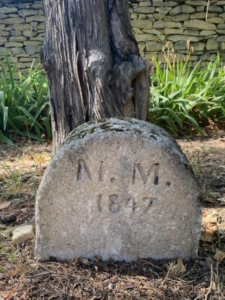
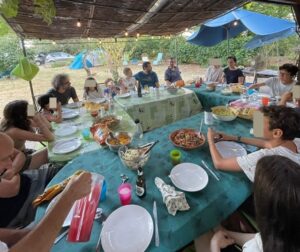
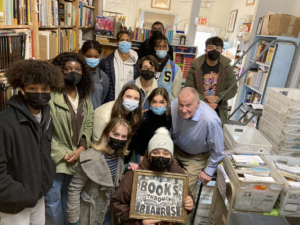
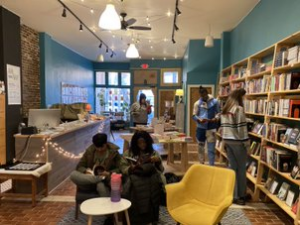
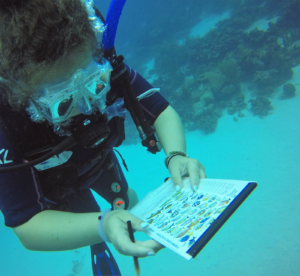
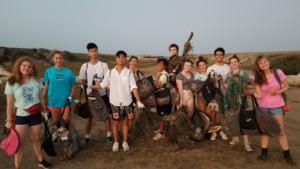
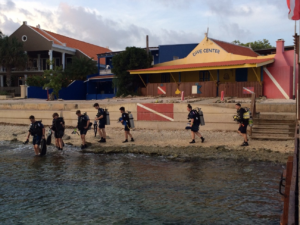
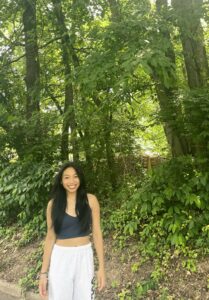 Lawrence, NJ
Lawrence, NJ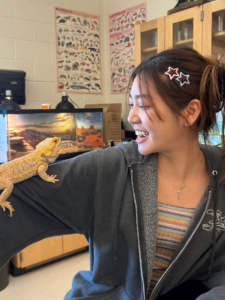 Seoul, South Korea
Seoul, South Korea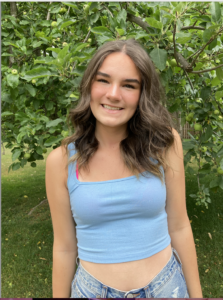
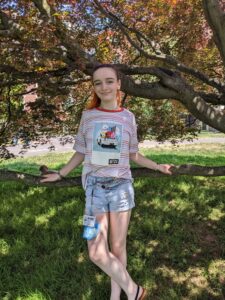 Milwaukee, Wisconsin
Milwaukee, Wisconsin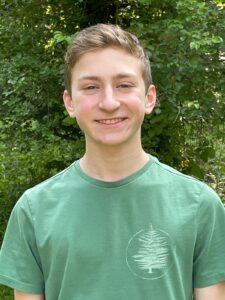 Pennington, NJ
Pennington, NJ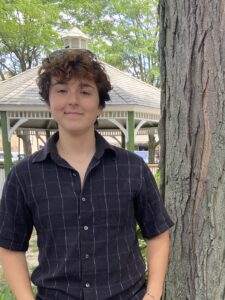 Jenkintown, PA
Jenkintown, PA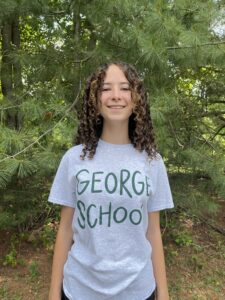 Ottsville, PA
Ottsville, PA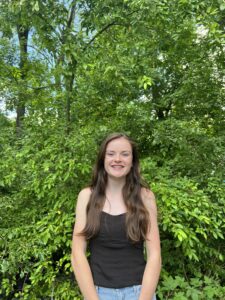 Yardley, PA
Yardley, PA Providenciales, Turks and Caicos Islands
Providenciales, Turks and Caicos Islands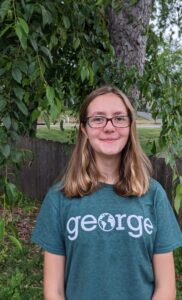 Hopewell, NJ
Hopewell, NJ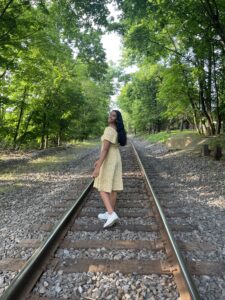
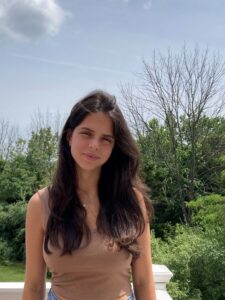 Pottstown, PA
Pottstown, PA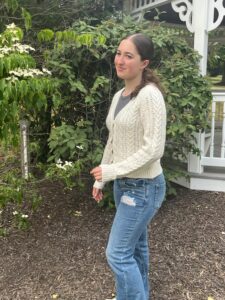 Playa del Carmen, Quintana Roo, México
Playa del Carmen, Quintana Roo, México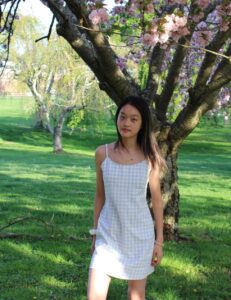 Shanghai, China
Shanghai, China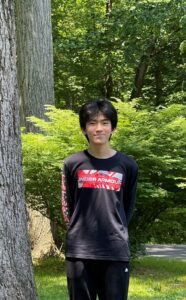 Beijing, China
Beijing, China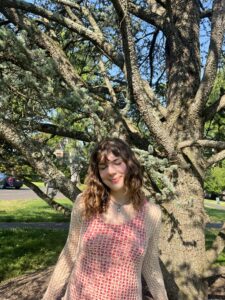 Yardley, PA
Yardley, PA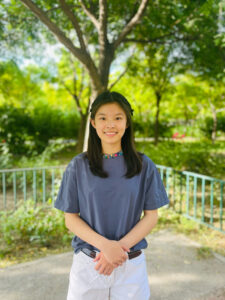 Beijing, China
Beijing, China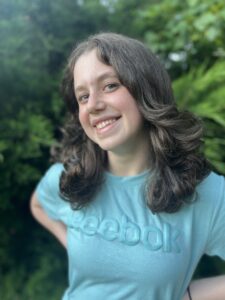 Holland, PA
Holland, PA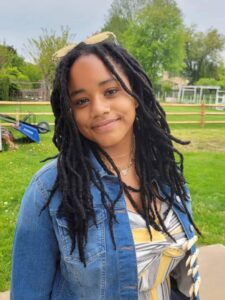 Langhorne, PA
Langhorne, PA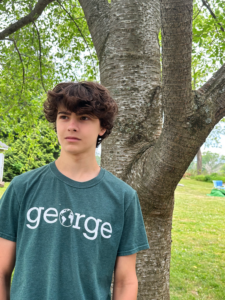 Ringoes, NJ
Ringoes, NJ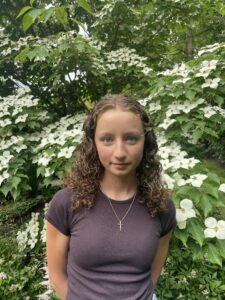 New Hope, PA
New Hope, PA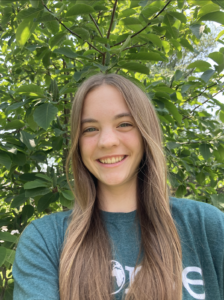 Dreshner, PA
Dreshner, PA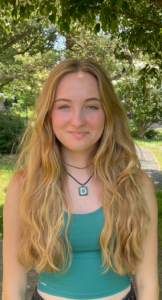 Yardley, PA
Yardley, PA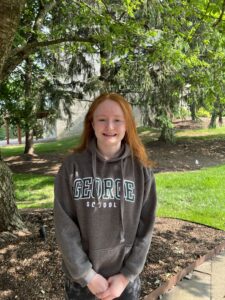 Yardley, PA
Yardley, PA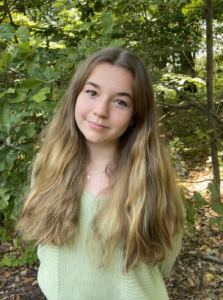 PA
PA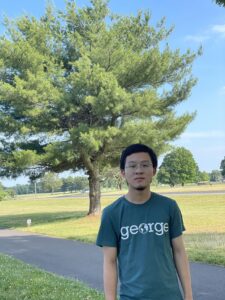

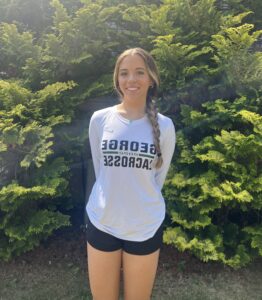
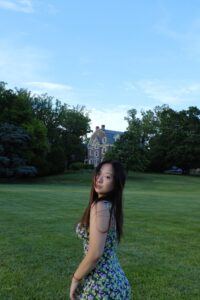 Xi’an, China
Xi’an, China